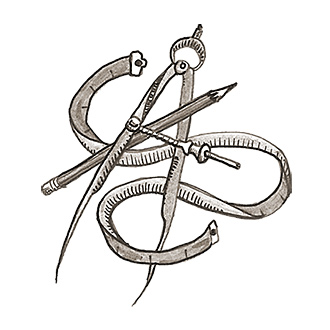
Related Questions
- Why do submarines move more like torpedoes than fish?
- How long would it take to charge an iPhone with my fidget spinner?
- Can we build a time machine?
- Is it possible to make a Batman suit?
- Can seawalls prevent beaches from eroding?
- How does a particle accelerator work, and why are such large structures necessary?
- What are the technological obstacles to colonizing another planet?
- Can better helmets make football safer?
- Why is a bicycle easier to control when it’s moving?
- Why can’t I use a dimmer switch with a compact fluorescent bulb?
How can we make hearing aids work better?
Because today’s electronic devices communicate at frequencies that can be detected by smaller antennas…
By Sajan SainiThe size of a phone’s antenna depends on the carrier frequency used for encoding a communications signal it can detect, explains Lizhong Zheng, of electrical engineering and computer science and the Research Laboratory of Electronics. “The size of an antenna,” he says, “should be comparable to one wavelength of the carrier frequency.” Wireless signals for radios and cell phones are encoded on a unique wavelength, known as a carrier frequency, that is a periodic oscillation of an electric and magnetic field. It is the controlled modulation of these fields’ amplitudes that carries wireless information.
The metal wire of an antenna is a sort of buoy, marking the flow and ebb of a carrier wave with the relative acceleration of charged electrons. The antenna size should be “big enough to capture some portion of this (wave),” to produce a measurable electrical signal, Zheng notes.
In 1993 the Federal Communications Commission began auctioning off a range of new carrier frequencies to wireless service providers. The first were a range of frequencies close to 900 megahertz and were typically used by early cordless phones. By the end of the nineties, major providers had acquired many more communications bands, at frequencies greater than 2 gigahertz.
In the early days of cell phones, the wavelength of carrier waves was typically about thirty centimeters, and so the first mobile phones relied on extractable antennas, similar to the ones used in handheld radios. As higher frequencies became available, wireless customers soon started reaping other rewards. A carrier wave with higher frequency allows for faster rates of data encoding and more information capacity, or “bandwidth.” In addition, 2 gigahertz has “different propagation properties” than 900 megahertz, resulting in scattering loss characteristics that make it “suitable for different kinds of applications.”
Today’s carrier frequencies are about three times faster than the old 900 megahertz waves, resulting in minimum antennas sizes that can comfortably fit within the body of a cell phone.
Innovations in antenna design have also pushed the limits of what we are able to do with wireless technology, Zheng adds. “Current laptops have two to four antennas, side by side,” and this “diversity technique” enables up to four times the information capacity for the device. The real breakthrough in the last fifteen years has been the development of signal encoding that collaborates with multiple antennas to decode wireless signals with higher fidelity than ever before, and the diversity technique is fast becoming the industry standard. The cell phone and mobile networking revolution, in large part, is really about the antenna.
Posted: February 15, 2011